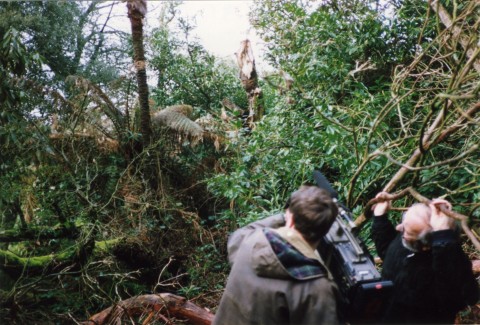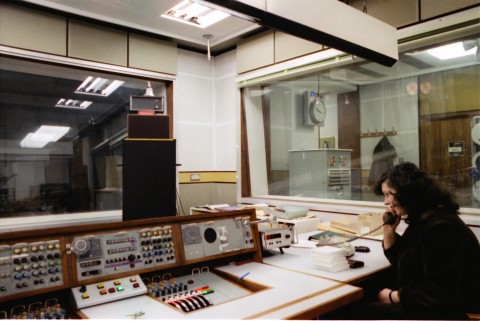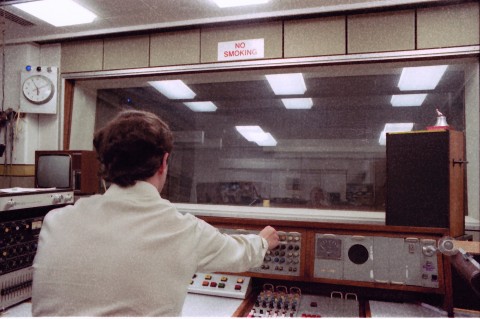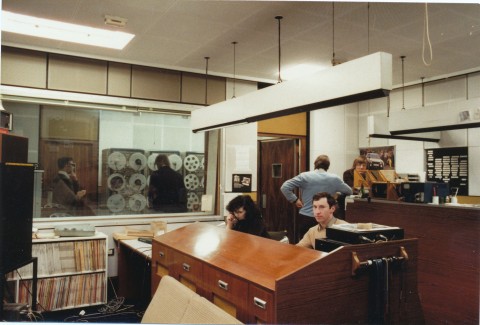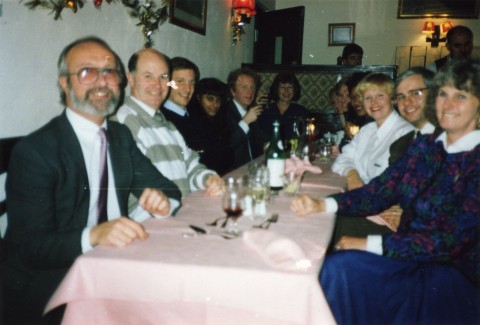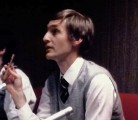Photo by production assistant Gail Herbert.
In 1990 Gardeners’ World changed from being a programme usually produced from a two camera outside broadcast unit to one recorded on a portable single camera. In the new format the programme consisted of inserts from a number of locations linked by Geoff Hamilton from his home garden of Barnsdale in Rutland. Geoff would also do all the topical practical gardening, as well as some of the location stories.
One of the insert stories that was followed in Gardeners’ World in 1991 was about the restoration of Heligan Gardens in Cornwall, which had been badly neglected over a number of years.
This photo shows producer Andy Meikle holding back the undergrowth to allow the cameraman a good shot!
Andy sadly died earlier this week, after a long battle with cancer.
